SEARCH






|
|
|
|


"Machines will be capable, within twenty years, of doing any work a man can do.” ~Herbert A. Simon (1965)
In July 2023, I attended in an AI research forum. An Amazon researcher introduced to us several AI projects currently undertaken at Amazon. During the event, we had lunch together. When she learned that I was also a photographer, she bluntly said to me: "Midjourney ended photography!"
Although I cannot agree with this statement, her words present the view of many professionals engaged in the cutting-edge research on generative AI. In this article, from the perspectives of both as an AI scientist and as a professional photographer, I try to thoroughly explore the profound impact that generative AI is having on traditional photography; and how we, as photographers, should face it to this challenge.

“On the mountain”. Generated on Midjourney, by Yan Zhang.
During the summer workshop at the Dartmouth College in 1956, a group of young American computer scienDsts led by John McCarthy (1927-2011) first proposed the term Artificial Intelligence (AI). This summer workshop was later recognized as a landmark historical event that established the field of artificial intelligence.
We know that in 1951, the world's first general-purpose electronic computer UNIVAC I was born in the United States; in 1953, IBM launched the world's first IBM 650 magnetic drum data-processing computer that could perform large-scale computations. It can be said that AI and computer science have almost completely synchronous development histories.

“A programmer 1950s”. Generated on Midjourney, by Yan Zhang.
When talking about AI, people usually point to robots, and those specific hardware or software systems that can perform near-human activities physically, cognitively, or both.
So, what is artificial intelligence in a fundamental sense? In 1950, the British mathematician Alan Turing (1912-1954) published the famous paper "Computing machines and intelligence" in the philosophy journal Mind. In this paper, Turing proposed an imitation game, which became known as the "Turing test," to demonstrate how machines could exhibit intelligent behaviour comparable to humans.

Turning test. Generated on Stable Diffusion, by Yan Zhang.
Let’s first explain what the Turing test is.
There are three subjects in the Turing test: a person, a computer, and a (human) interrogator. We assume that the computer is equipped with a program that can answer any question sent by the interrogator, and that neither the person nor the computer is visible to the interrogator. We can imagine that the person and the computer are in two separate rooms, and the interrogator is outside the two rooms, so the interrogator does not know which room has the person and which room has the computer.
The interrogator's job is to ask them any questions and then use their answers to determine which of the two is a person and which is a computer.
The questions posed by the interrogator and the answers received must be transmitted in an impersonal manner, such as being entered on a keyboard and displayed on monitors in two rooms through a connection. At the same time, we assume that the interrogator has no information about either party beyond that obtained in the Q&A.
During the test, the person must answer questions truthfully and try to convince the interrogator that he is indeed human; but the computer is programmed to "lie" in an attempt to convince the interrogator that it is human.
If, in a series of such tests, the interrogator is unable to identify the real human subject in any consistent way, the computer is deemed to have passed this test.
In the 70 years since the Turing Test was proposed, AI researchers have been trying to design various computer programs that can pass the Turing Test. It wasn't until 2014 that the first recognized such program was actually developed.
On June 7, 2014, in the Turing Test Competition hosted by the University of Reading in the UK, a computer program called "Eugene Goostman" passed the Turing Test. In this competition, the program Goostman convinced 33% of the interrogators participating in the udging process to believe its self-description: a 13-year-old boy from Ukraine.
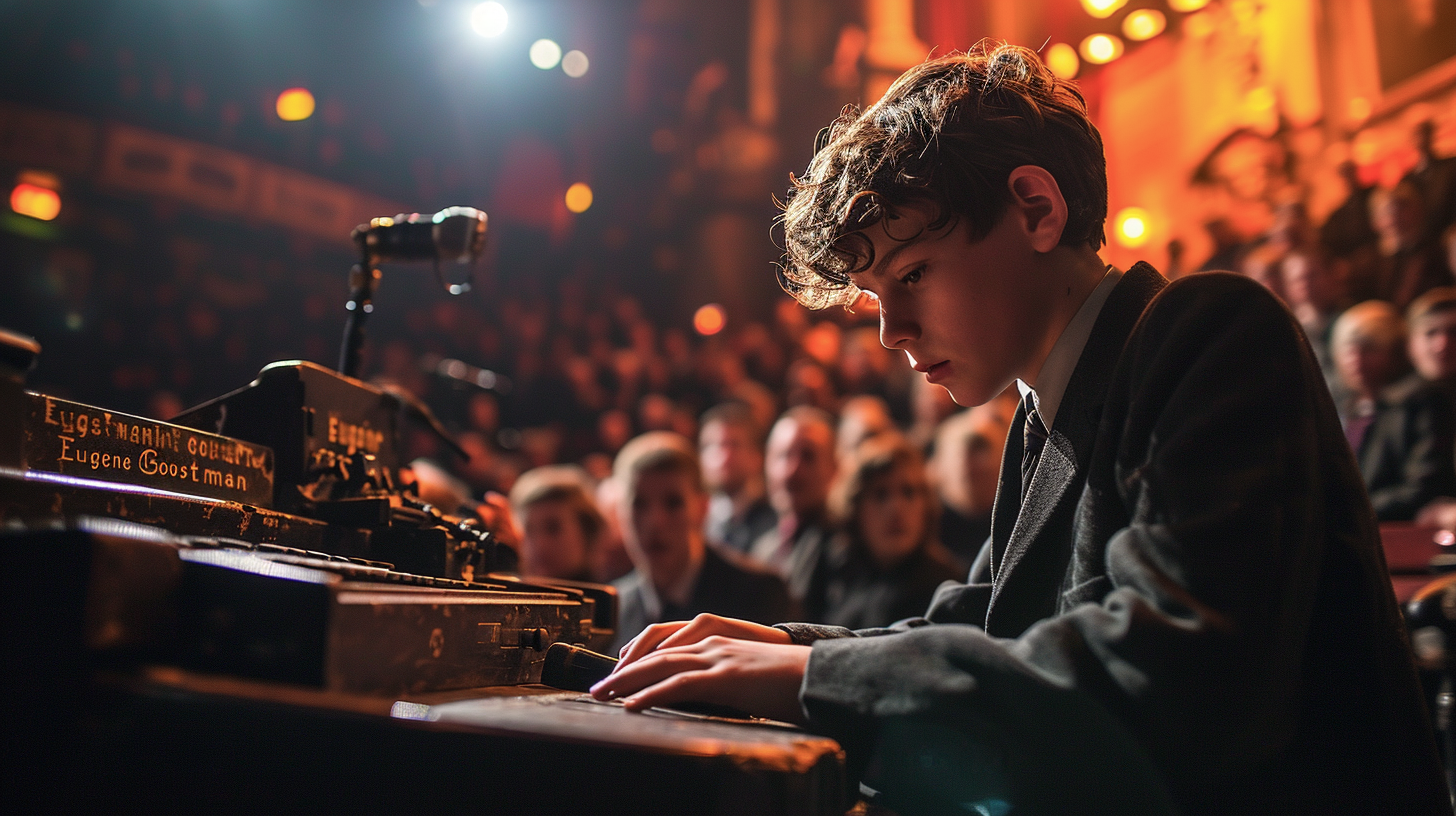
"In the 2014 Turing Test Competition, the program "Eugene Goostman" passed the Turing test: 33% of the interrogators believed that it was a 13-year-old boy from Ukraine." Generated on Midjourney, by Yan Zhang.
Here we explain why this 33% ratio is important. In his original paper "Computing machinery and intelligence", Turing also gave a famous prediction: that by the year 2000, computer programs will be advanced enough that the average interrogators will not exceed 70% chance of correctly guessing whether they were talking to a human or a machine.
Here, the organizers of the competition regard Turing's prediction as a criterion for a program to pass the Turing test, and interpret "no more than 70% chance" as requiring more than 30% of the interrogators to be "fooled" by the program.
From the late 1950s to the late 1960s, it was the first 10 years of AI's vigorous development. Scientists were full of confidence in AI. AI research based on formal logics led by John McCarthy has made important progress. The "Advice Taker" program he developed became the first common-sense reasoning system. In addition, the "General Problem Solver (GPS)" developed by the Carnegie Mellon University research group led by Herbert Simon (1916 - 2001) is a more widely used intelligent reasoning system.
These early AI research results greatly inspired most AI and computer scientists at the time. In 1965, Herbert Simon made a new AI prediction that was bolder and more specific than Turing's prediction in 1950:
"Machines will be capable, within twenty years, of doing any work a man can do."
Although the AI development entered its long winter period from the mid-1970s, and Herbert Simon's unfulfilled prediction has been questioned, however, this prediction has a clear expression of the belief of most AI scientists: eventually machines will be able to do anything humans can do!

“An AI symposium in 1985. Researchers were having a heated debate on how AI should be developed.”
Generated on Midjourney, by Yan Zhang.
Mini AI knowledge: John McCarthy (1927-2011) is known as one of the founders of AI, a former professor at Stanford University and a Turing Award winner. He has devoted his life to advocating formal logics based research methods in AI. In more than 20 years after 1980, the knowledge representation and reasoning he led became the mainstream of basic AI research, and some of the most important AI reasoning problems were able to obtain major results during this period.
Herbert A. Simon (1916 - 2001) is the only scientist who received both the Turing Award and the Nobel Prize (Economics), and is a former professor at Carnegie Mellon University. In the field of AI and computer science, in addition to his contributions to GPS, Simon also collaborated with Allen Newell (1927-1992, one of the collaborators of GPS and a winner of the Turing Award) to propose a theory that uses production rules to model human problem-solving behavior.
Part II: The Research and Development of Generative AI
will be published next Friday.
 | Write |
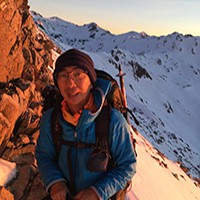 | Yan Zhang CREW Dear Friends, thanks you for reading this article and providing your comments here. Yes, this is a big and difficult topic that we all have to face it. I am heading to the mountain, will come back to read through your feedback in couple of days. |
 | Miro Susta CREW This is a difficult topic and am afraid to spread my opinion on it.
I'm not an artist, I'm only an engineer, I can imagine that AI may drastically change engineering work in near and far feature, but if AI starts changing photo world, then I stop buying photo books, attending photo exhibitions, visiting photo platforms.
Imagine that you using AI, for example Midjourney, then write car-flower-girl and AI create beautiful picture, how to link this to photography work, it is just cheating,
I sincerely hope that 1x photographs are keeping hands away from AI.
Many 1x magazine readers might not accept my comment but this my sincere opinion. |
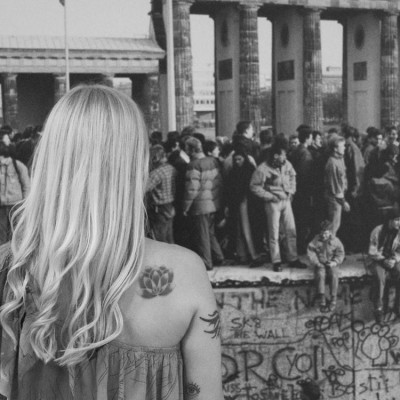 | Gabriela Pantu PRO Dear Miro, you are right, 1x is a refined photography platform and I like it that way. But Udo noticed, and I noticed too, that there are published and award-winning images that are not entirely photographs. That's why I said artists shouldn't post images as photos if they aren't. It is a matter of moral conduct. Not everyone can distinguish AI elements, especially when applying flowery or embossed textures, but it's always obvious to me because I'm familiar with AI.
That's why I said that the presence of AI creations or with AI elements on 1x, wouldn't be a problem if there was a dedicated section. But for now, although it does not exist, AI has infiltrated due to the lack of ethics of some artists. Given the extremely large number of images that need to be curated, it is almost impossible to filter all images that have AI elements. |
 | Miro Susta CREW I was reading your comments to this subject dear Gabriela, I understood that this is not simple issue and fully agree with your proposal. Many thanks for your contribution to this subject, wish you a very nice week. |
 | Gabriela Pantu PRO Always a pleasure, dear Miro, thank you too and I also wish you a wonderful week |
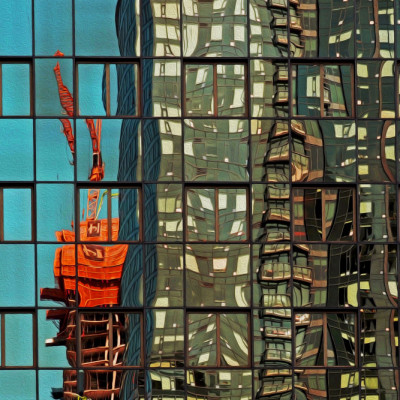 | Bole Kuljic PRO This is a great topic and applaud the editors on this.
I appreciate Udo's and Gabriela's take on AI and photography. AI is here to stay and probably will make some other form of artistic expression. And that's fine. As long as we distinguish between the two and make it transparent. I, too, believe that most of the awarded photographs at 1x have some form of AI incorporated. Why not have two categories: one AI-augmented and one," raw", conventional photos edited with just basic Fs functions? thinking out loud. |
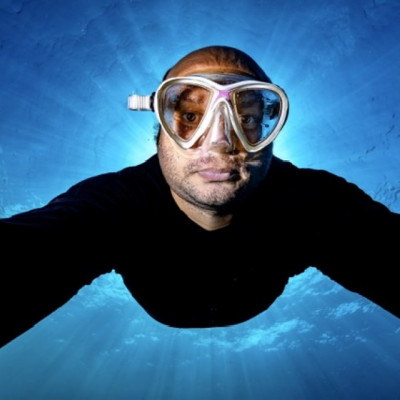 | Serge Melesan PRO Interesting article |
 | Gabriela Pantu PRO Thank you for this very interesting and necessary (in my opinion) article and congratulations dear Yan and dear Yvette! <3 <3
Now is a time where AI has become a tool within anyone's reach, just as the camera once did, and so I see no limitation in how we can use it to enable a higher expression of artistic vision.
AI is a powerful tool, and like almost any tool, it can be used for both good and bad reasons.
Even if a 'photographic' image created by AI looks amazing, at this point in the development of this tool, it is clearly not an image captured by the camera.
Even in the images that illustrate this article, which are great, very complex, you can see the AI's inability to control light, render eyes, hands, etc., but this doesn't bother me at all because it's an AI creation, not a photo, so I apply different criteria to evaluate it.
As Udo said, on 1x there are a lot of award winning images that are completely AI made or incorporate AI elements/objects.
For example, I noticed a method of blurring the presence of AI elements by overlaying photographed flowers as textures over AI portraits, but the eyes/hands are faulty in them. Additionally, lights and shadows always create a problem in AI creations. It can be fixed in Ps, but not perfect.
So, don’t call it photo if it isn’t.
The presence of AI creations or with AI elements on 1x, wouldn't be a problem if there was a dedicated section.
Without it, I think over time the site might suffer a lack of credibility, given that it is solely dedicated to photography and at this moment on the site photography coexists without problems with AI creations.
I make AI creations, so I'm familiar with the subject.I also created triptychs from my photos, including the photo I processed with AI in each triptych, but I did not post such images on 1x because the final image is not just a photo.
I can tell you that a series of my triptychs won an honorable mention at BIFA last year, so AI's creations are recognized and awarded in dedicated sections of international photography competitions.
At BIFA 2023 I won silver and bronze for my black and white photography, but I was happier for the honorable mention because I worked for the whole collection of 15 triptychs for almost a year, to control the AI tool and be its boss, so to speak.If you want to see which is my approach,
https://budapestfotoawards.com/winners/social/2023/93-29764-23/1703161186/?fbclid=IwZXh0bgNhZW0CMTAAAR12nCxwucVFnaxjphRlrklewMCyroBkh7ssi9FxrgI34nuu-9FLHBLjZ4A_aem_AQmYc-60rBUfmxuGM6or8QHCBnoe3PqBRhrkrnQqGweFhHDXG4WbAUFLjWHquy2euwbhmacGVWQlJ-wO5y-OApUc
I strongly believe that photography remains a type of creation whose status will not be challenged.
Painting didn't disappear after photography, photography didn't disappear after AI entered the world. And it came a long time ago, now it's within everyone's reach.
Art forms simply coexist and document reality and fantasy with their own means. I don't think art today is better or worse than art in the past. Instead, I believe that different art forms and mediums of expression coexist without hierarchy, mirroring society in all its complexity throughout history.
|
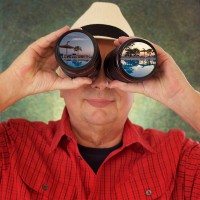 | Udo Dittmann PRO Your Metamorphose is great - love it! |
 | Gabriela Pantu PRO Dear Udo, thank you so much, means a lot! Very happy for your kind words! : D |
 | Udo Dittmann PRO From my point of view, photography will not die, even if many people will use AI to create photographic works in the future - I am even convinced that AI has already been used today for awarded photos here at 1x.com ... and all this unnoticed by the curators.
I would like to leave aside the problems of AI in relation to copyright and the possibility of creating realistic photos for FakeNews - this will have to be regulated across national borders in the future.
Nevertheless, I believe that we have to face up to the new medium, because it makes no sense to bury our heads in the sand, Vogel Strauss-style. Many photographers come straight out with holy water and would prefer to banish AI to a dark corner.
But I don't think that's right, because AI also means progress in many ways and you can't stop it.
Back to why photography will not die: Creating photos with AI is fun at first - I've already tried it out for myself privately. But creating a photo with a camera, where you sometimes have to go to a lot of trouble to capture the perfect moment, is much more satisfying, because you have created the photographic work yourself!
Udo Dittmann |